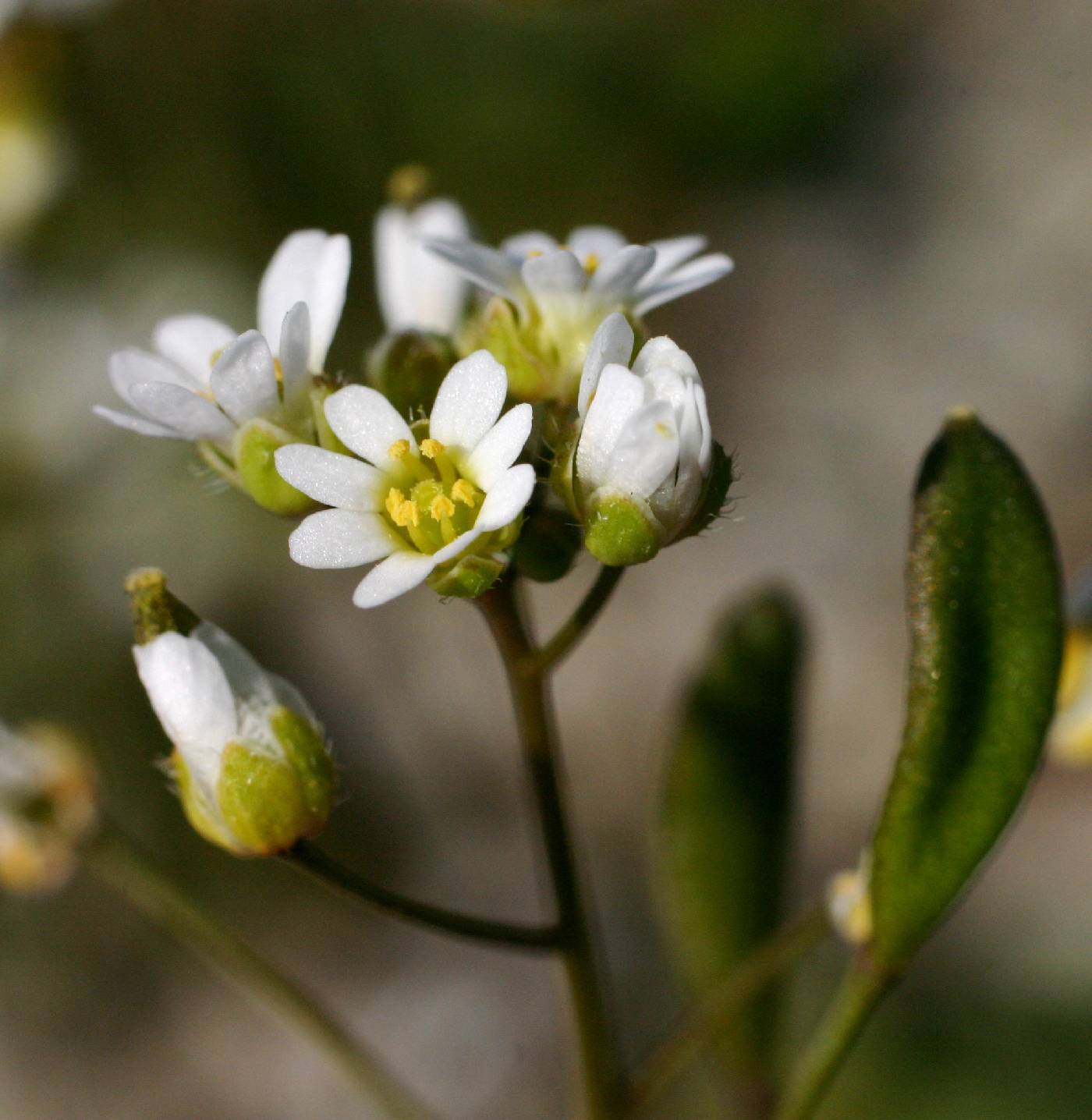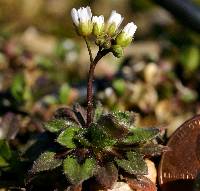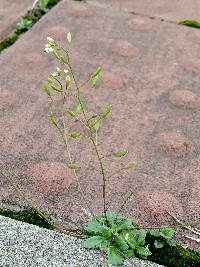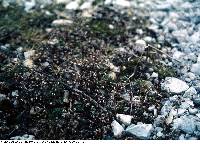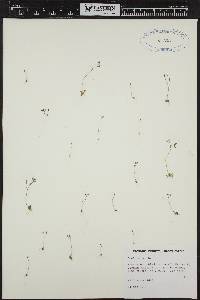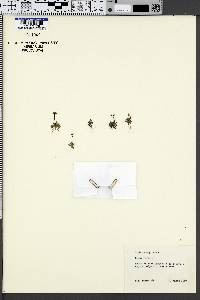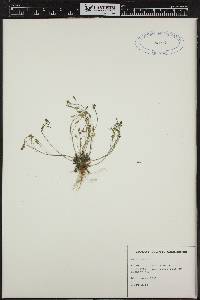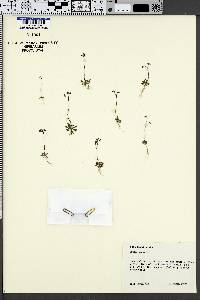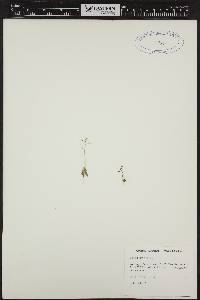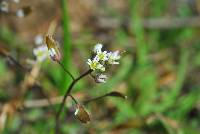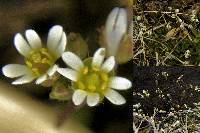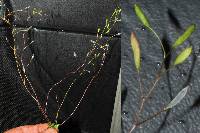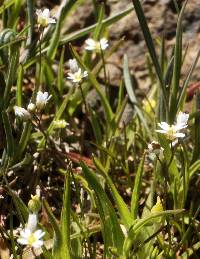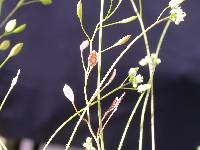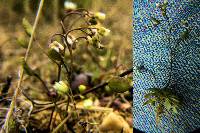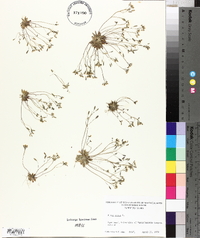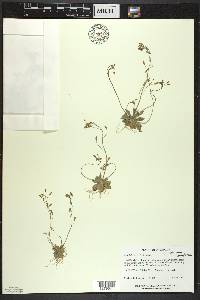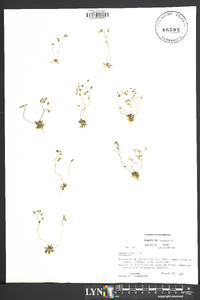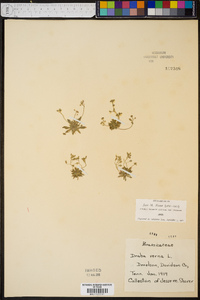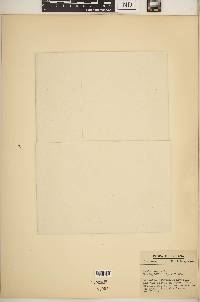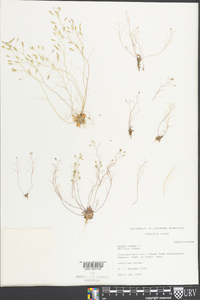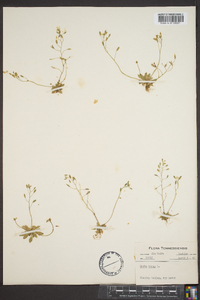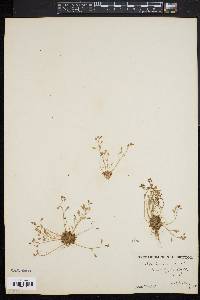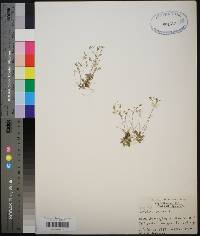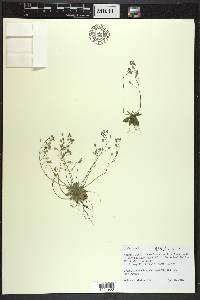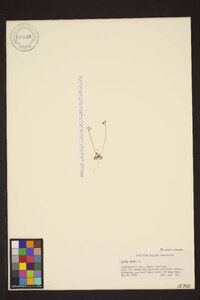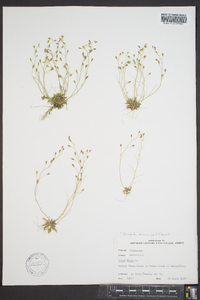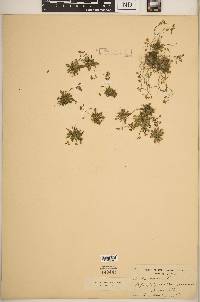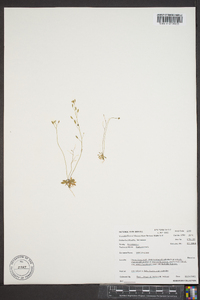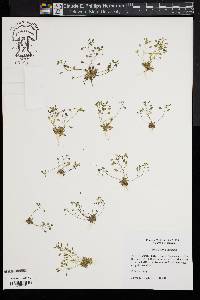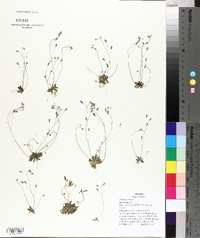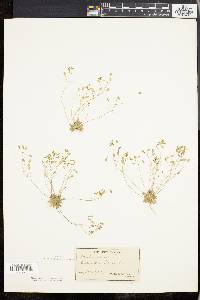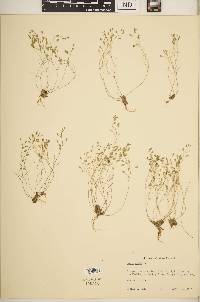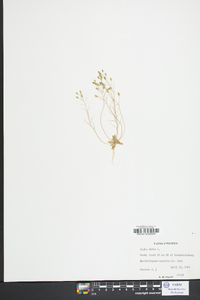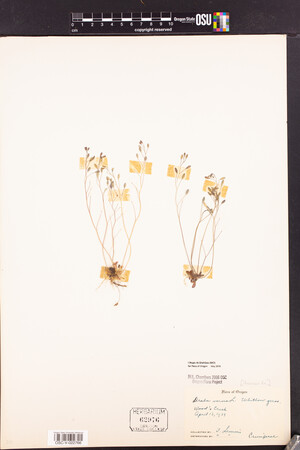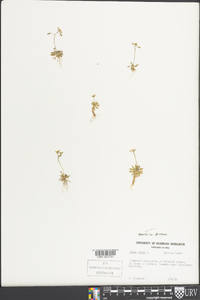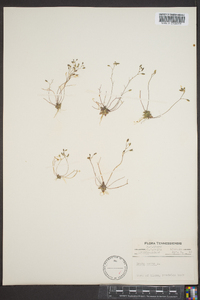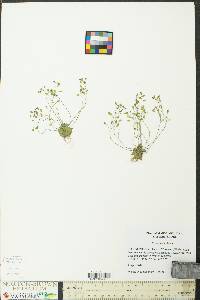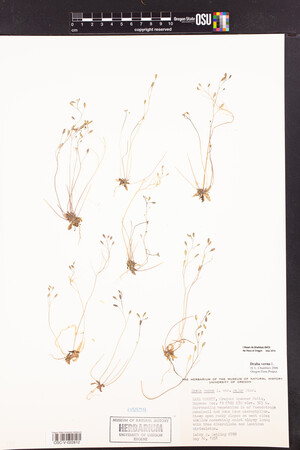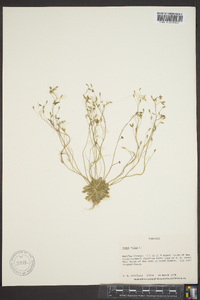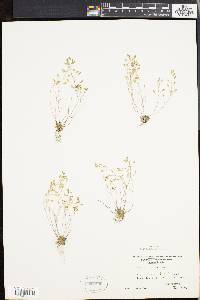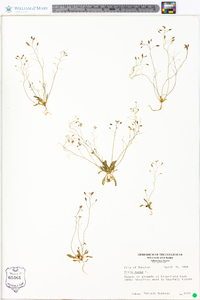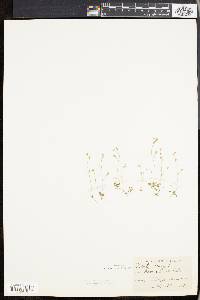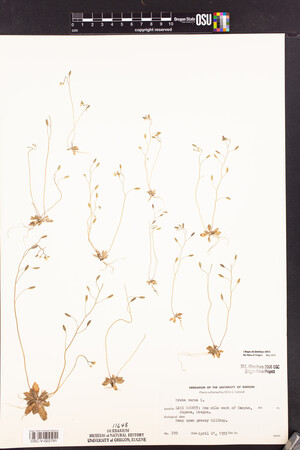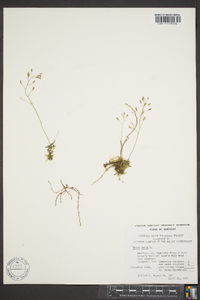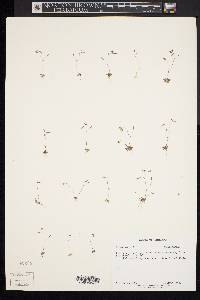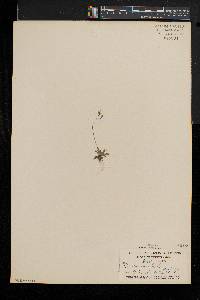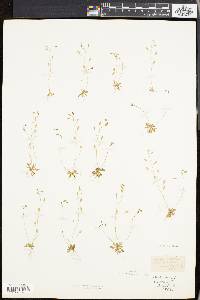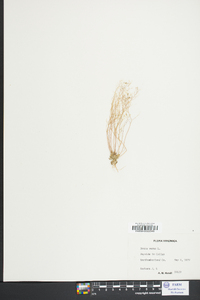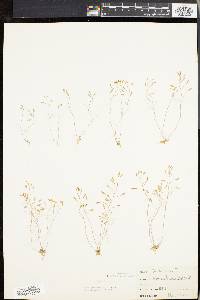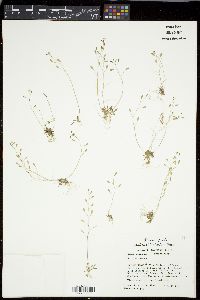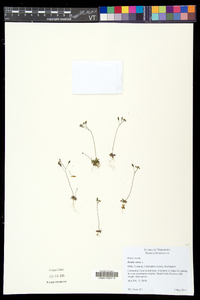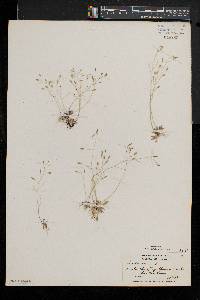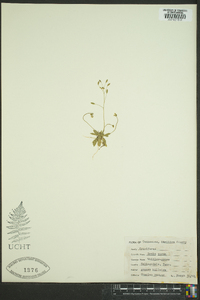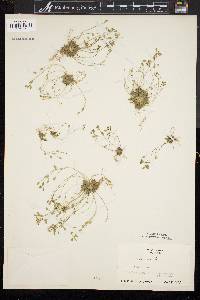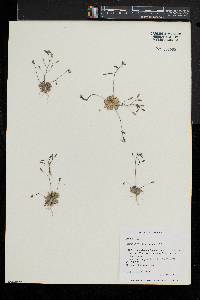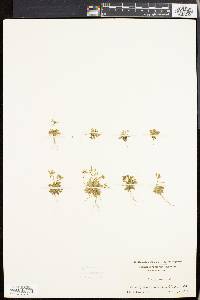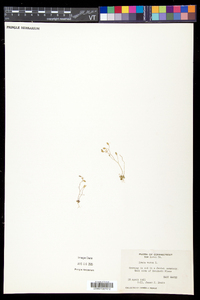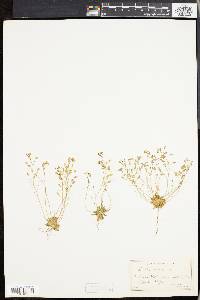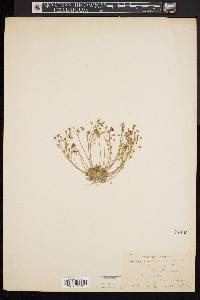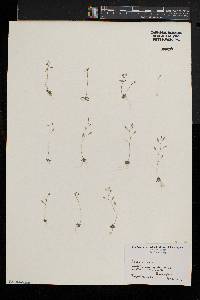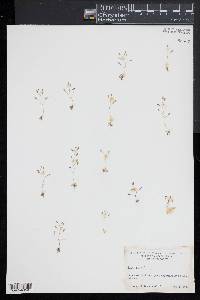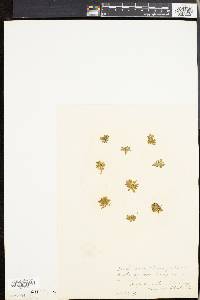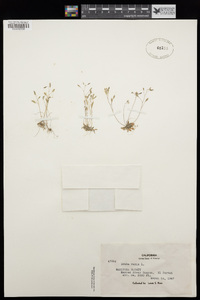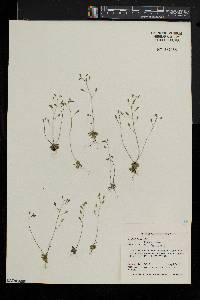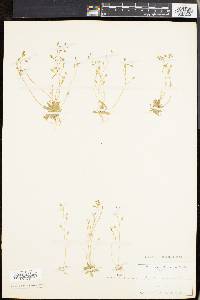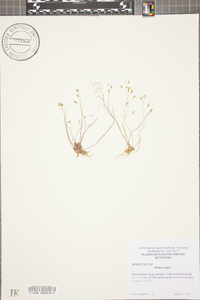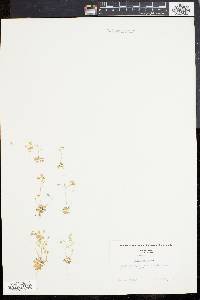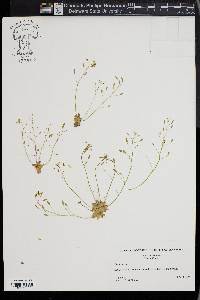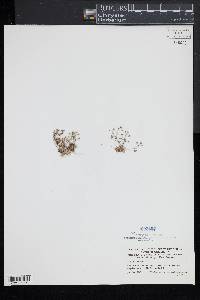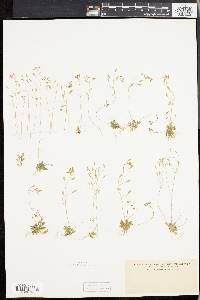
|
|
|
|
Family: Brassicaceae
Spring Whitlow-Grass, more...whitlow grass, whitlow wort
|
Annuals; scapose. Stems (few to many from base), unbranched, (0.2-)0.5-2(-3) dm, pubescent proximally, glabrous distally, trichomes simple and 2(-4)-rayed, 0.1-0.4 mm. Basal leaves rosulate; petiolate; blade obovate, spatulate, oblanceolate, lanceolate, oblong, or, rarely, linear, 0.2-1.8(-3) cm × (0.5-)1-5(-10) mm, margins entire or 1-5-toothed on each side, surfaces pubescent with simple or stalked, 2-4-rayed trichomes, 0.1-0.5 mm. Cauline leaves 0. Racemes 4-20(-30)-flowered, ebracteate, usually considerably elongated in fruit; rachis usually flexuous, glabrous. Fruiting pedicels divaricate to ascending, straight or slightly curved upward, (2-) 5-20(-35) mm, glabrous. Flowers: sepals (green or purplish), oblong, 1-2.5 mm, glabrescent or pubescent, (trichomes simple or 2-rayed); petals white, deeply 2-fid, (1.5-)2-4.5(-6) × 1-2 mm; anthers ovate, 0.2-0.4 mm. Fruits obovate, oblanceolate, lanceolate, elliptic, oblong, or linear, plane, flattened, (2.5-)4-9(-12) × 1.5-2.5(-3.5) mm; valves glabrous; ovules (20-)32-70(-84) per ovary; style 0.02-0.2 mm. Seeds ovoid (slightly flattened), 0.3-0.6(-0.8) × 0.2-0.4 mm. 2n = 14, 16, 20, 24, 28, 30, 32, 34, 36, 38, 40, 52, 54, 58, 60, 64. Flowering Feb-May. Cedar glades, lawns, fields, pastures, waste places, grassy hillsides, disturbed sites, roadsides; 0-2500 m; introduced; Alta., B.C., N.B., Ont., Que.; Ala., Ark., Calif., Conn., Del., D.C., Ga., Idaho, Ill., Ind., Iowa, Ky., Maine, Md., Mass., Mich., Miss., Mo., Mont., Nev., N.H., N.J., N.Y., N.C., Ohio, Oreg., Pa., R.I., S.C., Tenn., Utah, Vt., Va., Wash., W.Va., Wyo.; Europe; Asia; nw Africa; introduced also in Central America, South America, Australia. Draba verna represents a highly variable and taxonomically difficult complex within which species, subspecies, varieties, and forms have been named (O. E. Schulz 1927); only those synonyms pertaining to North America are listed above. Most of the taxonomic difficulties are the results of disploidy, autogamy, and hybridization. The morphological extremes are connected by intermediate forms in every conceivable character. Furthermore, there appears to be no correlation between morphology, cytology, geography, and ecology to support the division of this complex into meaningful taxa. A complex cytological picture was presented by Ø. Winge (1940), including the highest count of 2n = 94, which has not been confirmed by subsequent botanists. Erophila vulgaris de Candolle is an illegitimate name for Draba verna.
Annual herb with a small taproot 5 - 20 cm tall Stem: rounded, single or multiple from base, upright, typically unbranched, thin, with forked hairs. Leaves: in a basal rosette, 1 - 2 cm long, 3 - 4 mm wide, and hairy. The lowest leaves stalked and spatula-shaped. Upper leaves stalkless, spatula-shaped, tips pointed, sometimes bearing one or two teeth per margin. Flowers: in a dense, branched cluster (raceme), which is borne terminally on the stem. The raceme axis is mostly hairless. Flowers 2 - 3 mm wide. Sepals four, green with whitish margins, strongly cupped, with forked hairs. Petals four, white, tips deeply notched (lobes rounded), bases narrowed. Stamens six. Fruit: a pod (silicle), 4 - 10 mm long, 2 - 4 mm wide, flattened, rounded to egg-shaped. Seeds many. Two-valved. Similar species: Draba verna is distinguished from D. brachycarpa and D. reptans by having deeply cleft flowers and leaves that are all basal. Draba brachycarpa has leaves throughout, and D. reptans has leaves confined to the lower half of the stem. Flowering: late March to late May Habitat and ecology: Introduced from Europe. Locally abundant in sandy and gravelly soil, frequently in sandy nursery plots. Also found along roads, railroads, and disturbed areas. Mass blooming of this plant is an early spring feature along railroads in rural LaPorte County, Indiana. Occurence in the Chicago region: non-native Etymology: Draba comes from the Greek word drabe (which was also once a Greek word for a cress plant), meaning sharp or acrid, which refers to the burning taste of the leaves. Verna means Spring. Author: The Morton Arboretum Annual or winter-annual with very slender scapes 5-20 cm; lvs crowded in a basal rosette, oblanceolate to spatulate or obovate-oblong, 1-2 cm, with simple and branched hairs; pedicels ascending, the lowest to 3 cm in fr; fls white, 2-3 mm wide; pet bifid nearly to the middle; fr 4-10 mm, glabrous; 2n=14-64. Native of Eurasia, naturalized throughout much of N. Amer. Apr., May. (Erophila v.) Complex sp., often divided into several intraspecific taxa of doubtful significance. Gleason, Henry A. & Cronquist, Arthur J. 1991. Manual of vascular plants of northeastern United States and adjacent Canada. lxxv + 910 pp. ©The New York Botanical Garden. All rights reserved. Used by permission. From Flora of Indiana (1940) by Charles C. Deam The common name is derived from the use of this plant in the cure of whitlow disease. Locally frequent to common as a weed in dry soil in pastures, waste places, and cultivated grounds. It has been reported from eight counties not indicated on the map. It is much more conspicuous after fruiting when the valves have fallen. The writer has seen it in several counties in this stage of growth but specimens were not collected. ...... Indiana Coefficient of Conservatism: C = null, non-native Wetland Indicator Status: n/a |
|
|
|

